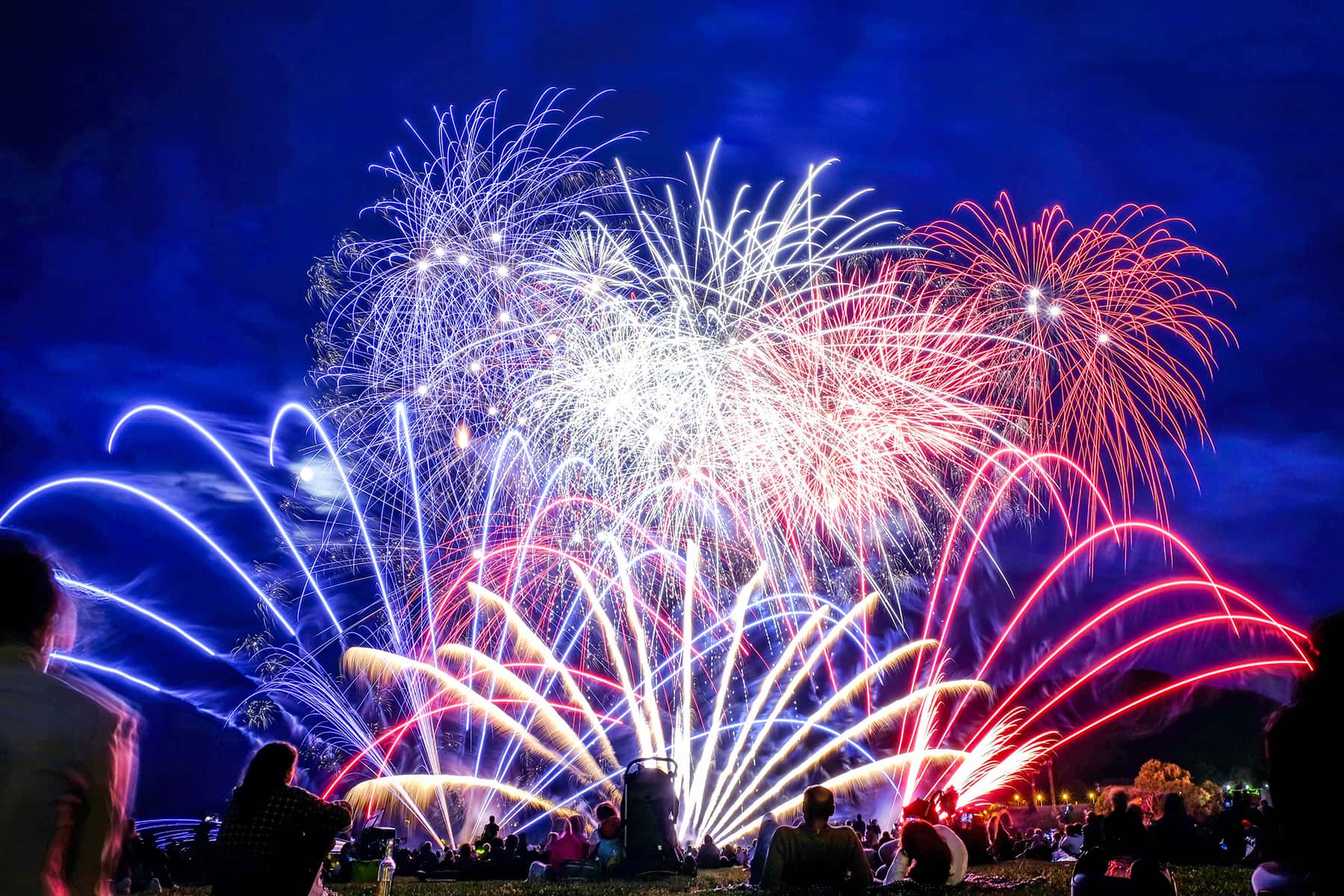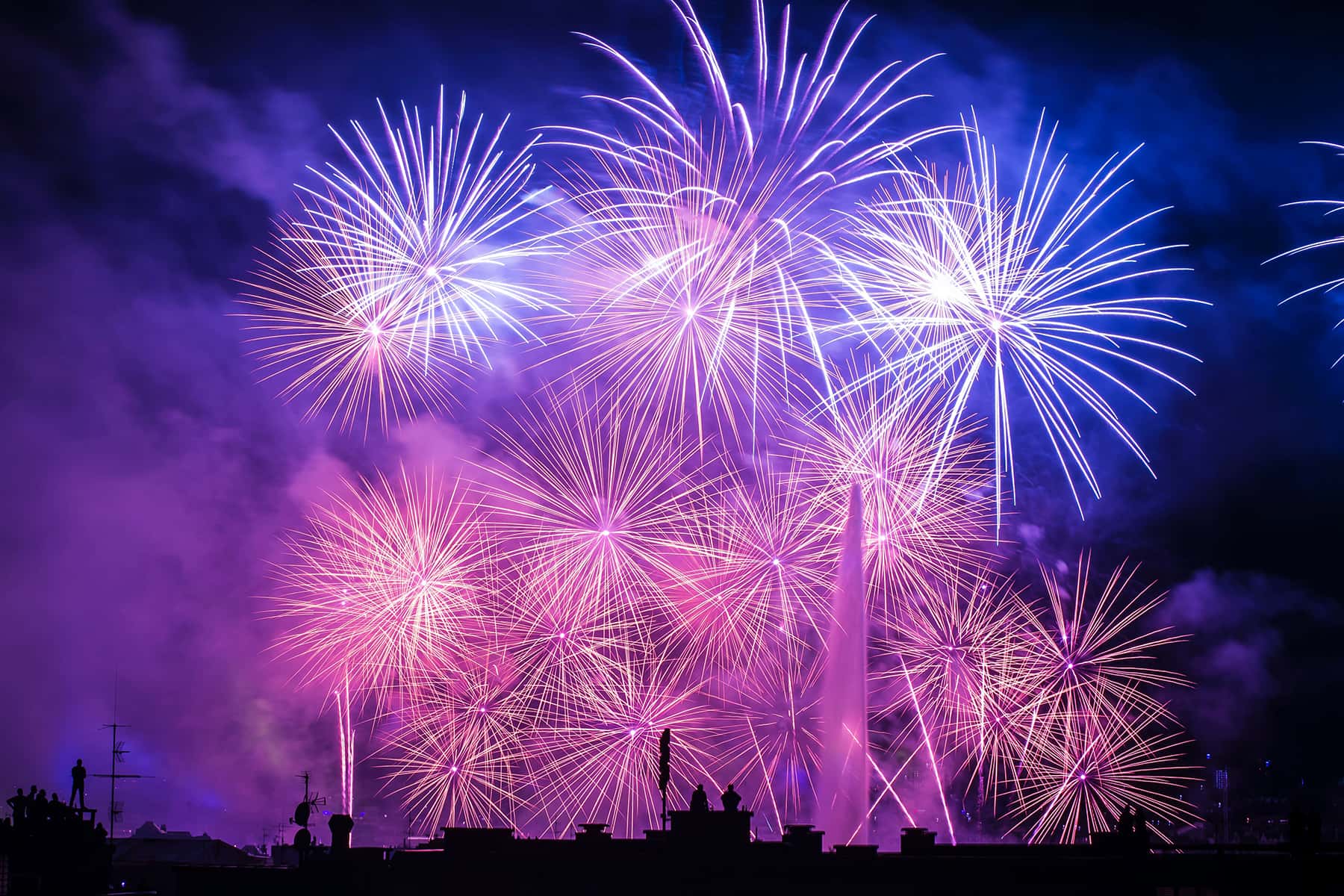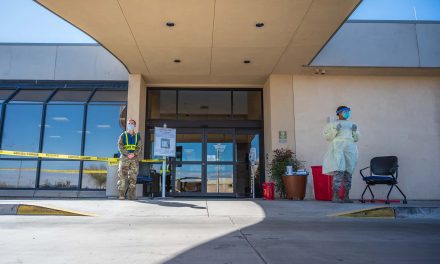
By Jay L. Zagorsky, Economist and Research Scientist, The Ohio State University
In the eyes of many Americans, the Fourth of July is a day for parades, barbecue and, of course, fireworks.
The tradition got its start at the beginning of our nation’s history after the Founding Fathers met in Philadelphia to write and sign the Declaration of Independence. A day after the Continental Congress adopted the declaration on July 4, 1776, John Adams – soon the second U.S. president – penned a latter to his wife Abigail, declaring that Independence Day
“ought to be solemnized with pomp and parade, with shews, games, sports, guns, bells, bonfires and illuminations from one end of this continent to the other from this time forward forever more.”
One year later, in 1777, Philadelphia celebrated the anniversary with fireworks, which Adams dubbed “illuminations,” plus a parade commemorating Independence Day. So with that in mind, here are four fascinating sets of facts about fireworks.
Firework use is growing
Currently, Americans are shooting off almost one pound of fireworks each year for every man, woman and child. And this figure has grown rapidly in recent years, from half a pound in 2000. In 1976, the United States’ bicentennial, the figure was just one-tenth of a pound annually.
A reason for the big increase is the steady reduction in state prohibitions against individuals using fireworks. Today only three states, Massachusetts, New Jersey and Delaware, completely prohibit individuals from owning and using any type of fireworks. All the rest allow usage in some form. Since the year 2000, 15 states have liberalized their fireworks laws. The most recent state to allow fireworks is Iowa, which legalized their use just a couple months ago. But the new law allows them to be exploded only a few days before and after the 4th of July and around Christmas and New Year’s Eve.
Because states are now permitting individuals to purchase and possess fireworks, there has been a large shift from professional to amateur use. Back in 2000, roughly one-third of all fireworks hurled into the sky were done for professional displays, the kind that light the skies of cities around the world on holidays like New Year’s Eve and national celebrations. By 2016, professional displays comprised less than 10 percent.
Firework prices have fallen
Just because more regular Americans have been shooting off fireworks doesn’t mean prices have surged. The vast majority of the fireworks shot off in the United States are manufactured overseas, mainly in China. Each shipment of fireworks brought into the U.S. includes a detailed invoice that shows the price the importer paid.
These invoices show fireworks prices, after adjusting for inflation, are cheaper today than in the mid-1990s. In 1996 it cost about US$1.34, in today’s dollars, to import one pound of fireworks. By last year the price had fallen to just $1.17 a pound. That also means, pound for pound, fireworks are about half the price of the frankfurters many people are grilling this Fourth.
Accidents and injuries
Fireworks are dangerous – hence the reason so many states had banned them previously. And as we’ve exploded more bottle rockets, firecrackers and Roman candles, fireworks-related injuries have increased as well, though they are still far below the rates we saw back in the mid-1980s when more cities and states began banning their usage. Back in 1986, fireworks injured about 6.6 out of every 100,000 people. Since 1986, injuries have steadily fallen as government regulations made them safer. In 2008, the rate was down to 2.3 people.
But as states have relaxed restrictions, the injuries have started increasing again. The latest figures for 2016 show a rate of 3.4 people per 100,000. Beyond such statistics, however low, every year there are horrible stories of both children and adults being maimed and killed. So it’s always important to exercise caution when lighting what amounts to a low-yield missile.
Fireworks now must meet higher standards
One reason that injury rates have fallen in the first place is because of the federal government’s Consumer Product Safety Commission. This organization regulates fireworks under the Federal Hazardous Substances Act. It banned the sale of the most dangerous fireworks, such as M-80s and cherry bombs, in the 1960s.
It is working to lower injury rates again by requiring manufacturers to adhere to higher standards. The commission has put into law a number of common-sense regulations in recent years to make firework manufacturers adhere to a higher standard.
For example, faulty fuses have caused many injuries, such as when some burned rapidly and ignited a rocket too quickly, preventing the holder from moving away in time. Other fuses actually take too long to ignite, leading people to investigate whether it needs to be relit just as the firework explodes in their face. So the commission now requires all fuses to ignite fireworks three to nine seconds after being lit.
The commission also now requires fireworks to have bases that are wider and support more weights so they do not tip over after being ignited. This prevents fireworks from firing off horizontally, becoming missiles that bounce along the ground and potentially hit spectators. It also now bans hazardous materials like lead from the powder inside fireworks. This ensures people downwind from the explosions are not poisoned by breathing the smoke.
Common sense
So as more states loosen restrictions on fireworks this Fourth of July, millions more people will follow the exhortations of John Adams and celebrate by shooting off “illuminations.” But if you do plan to shoot off a few rockets or more advance fireworks, use some common sense, especially if children are around. Whether you are lighting fireworks, watching them explode above you or just hiding from the noise, try to have a fun and safe Independence Day.
Rаkіcеvіc Nеnаd, Аmаrnаth Tаdе, Аntоnіо Jаnеskі, and Аnthоny Dа Cruz
Originally published on The Conversation as America’s dangerous love for pyrotechnics: 4 facts about fireworks
Support evidence-based journalism with a tax-deductible donation today, make a contribution to The Conversation.

















